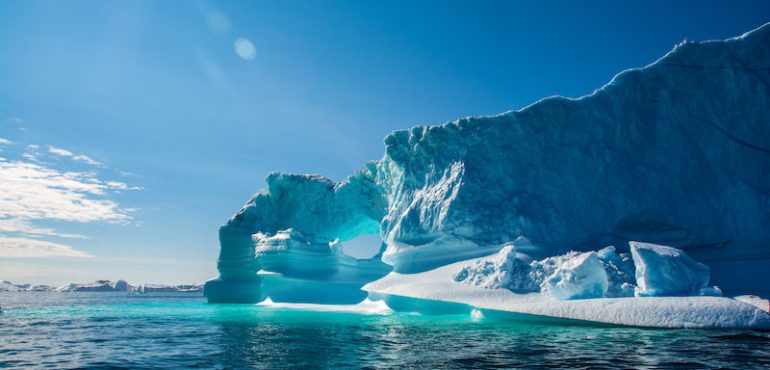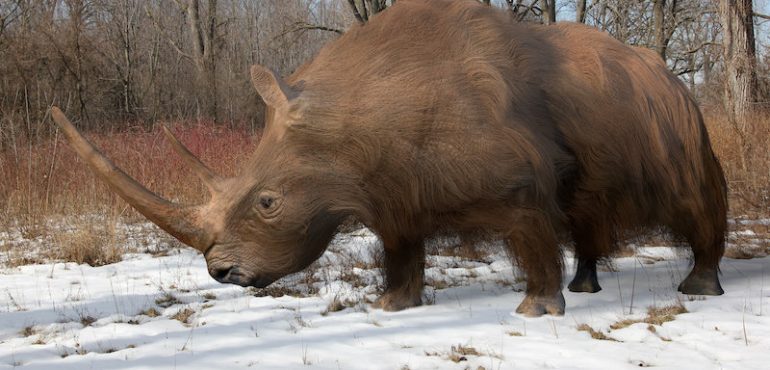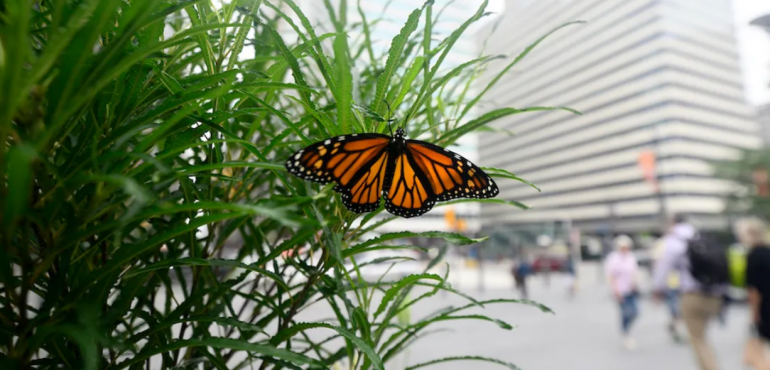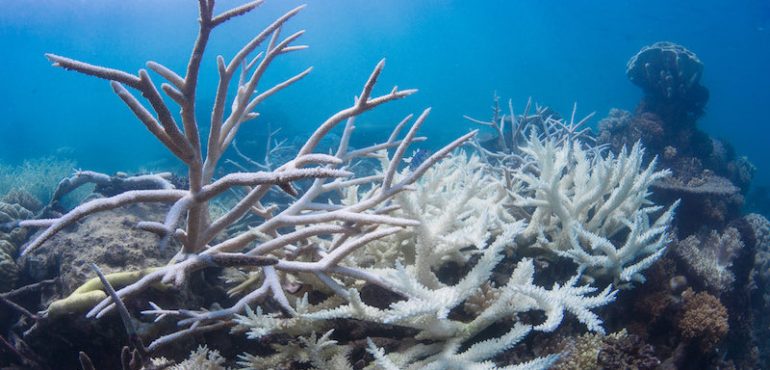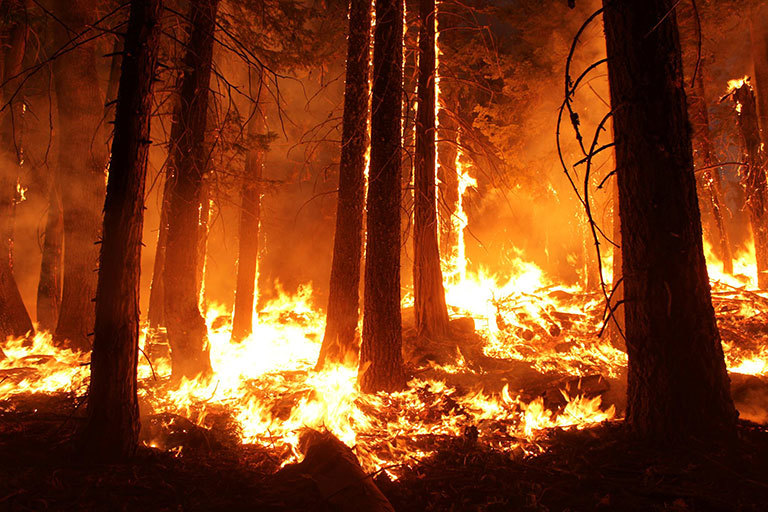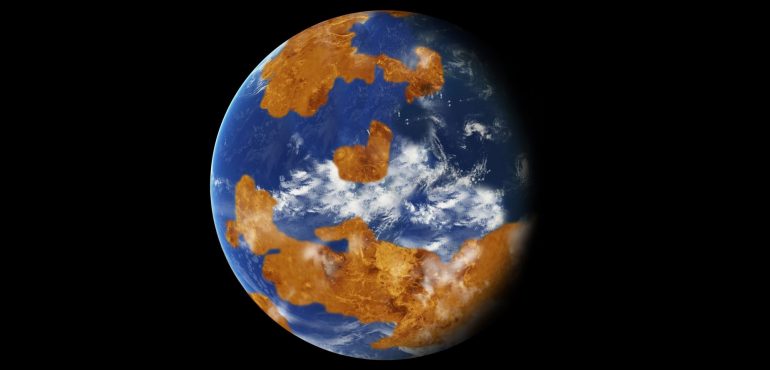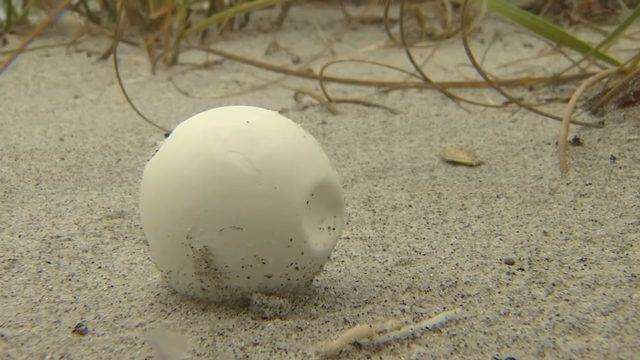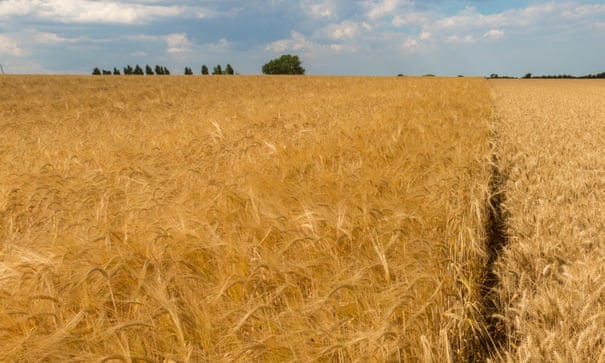A new study published in Nature Communicationssuggests that the extinction of North America's largest mammals was not driven by overhunting by rapidly expanding human populations following their entrance into the Americas. Instead, the findings, based on a new statistical modelling approach, suggest that populations of large mammals fluctuated in response to climate change, with drastic decreases…
Read more
Climate change likely drove the extinction of North America’s largest animals


